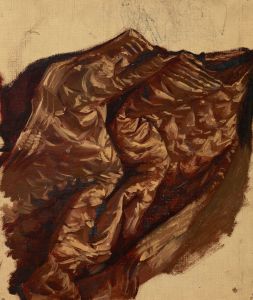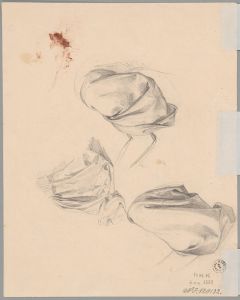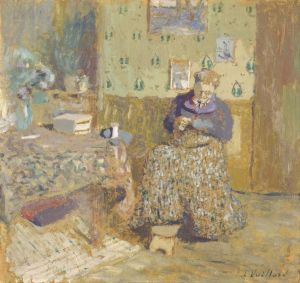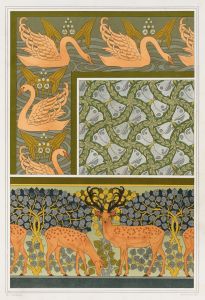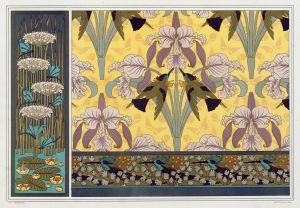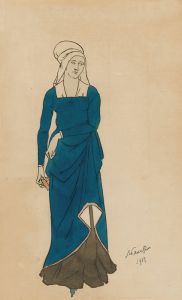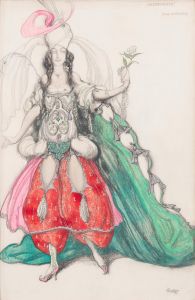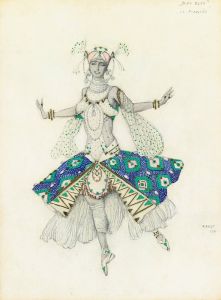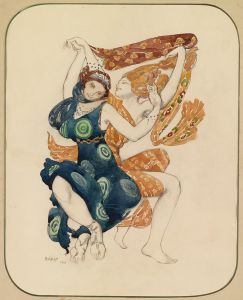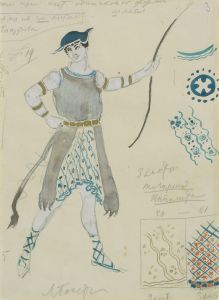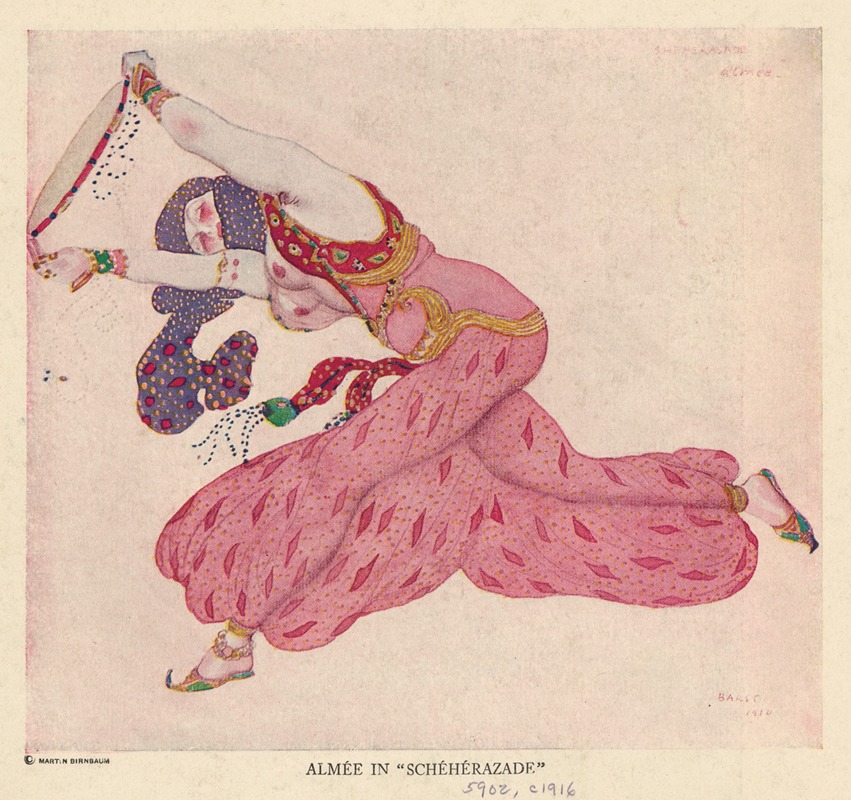
Almée in ‘Schéhérazade’
A hand-painted replica of Léon Bakst’s masterpiece Almée in ‘Schéhérazade’, meticulously crafted by professional artists to capture the true essence of the original. Each piece is created with museum-quality canvas and rare mineral pigments, carefully painted by experienced artists with delicate brushstrokes and rich, layered colors to perfectly recreate the texture of the original artwork. Unlike machine-printed reproductions, this hand-painted version brings the painting to life, infused with the artist’s emotions and skill in every stroke. Whether for personal collection or home decoration, it instantly elevates the artistic atmosphere of any space.
Léon Bakst was a renowned Russian painter and scene and costume designer, best known for his work with the Ballets Russes, a groundbreaking ballet company founded by Sergei Diaghilev. One of Bakst's notable works is the painting "Almée in ‘Schéhérazade’," which reflects his distinctive style and contribution to the world of theatrical design.
"Schéhérazade" is a ballet adaptation of the tale from "One Thousand and One Nights," with music composed by Nikolai Rimsky-Korsakov. The ballet was first performed by the Ballets Russes in 1910, and it became famous for its exotic and opulent design, which was largely attributed to Bakst's visionary work. Bakst's designs for "Schéhérazade" were instrumental in establishing the visual identity of the Ballets Russes, characterized by vibrant colors, intricate patterns, and a sense of the exotic.
The painting "Almée in ‘Schéhérazade’" captures the essence of Bakst's theatrical style. An "almée" refers to a female dancer or entertainer in Middle Eastern culture, often associated with traditional dance and music. In the context of "Schéhérazade," the almée would be one of the characters contributing to the ballet's rich tapestry of Eastern-inspired storytelling.
Bakst's depiction of the almée in this painting showcases his ability to blend elements of Eastern and Western art, creating a unique aesthetic that was both innovative and reflective of the cultural fascination with the Orient during the early 20th century. The painting likely features the use of bold colors and elaborate costumes, hallmarks of Bakst's work, which were designed to captivate audiences and enhance the storytelling of the ballet.
Léon Bakst's contributions to the Ballets Russes extended beyond "Schéhérazade." He was a key figure in the company, designing sets and costumes for several productions, each marked by his signature style that combined historical accuracy with imaginative flair. His work not only influenced the world of ballet but also had a lasting impact on fashion and interior design, as his theatrical designs were adapted into various forms of visual art and popular culture.
The collaboration between Bakst and the Ballets Russes marked a significant period in the history of performing arts, where the fusion of music, dance, and visual art reached new heights. Bakst's designs, including "Almée in ‘Schéhérazade’," played a crucial role in this artistic revolution, helping to elevate the status of ballet as a form of high art and inspiring future generations of artists and designers.
In summary, "Almée in ‘Schéhérazade’" by Léon Bakst is a testament to the artist's skill in creating visually stunning and culturally resonant works. Through his innovative designs, Bakst not only contributed to the success of the Ballets Russes but also left an indelible mark on the world of art and design, influencing a wide range of artistic disciplines beyond the stage.





